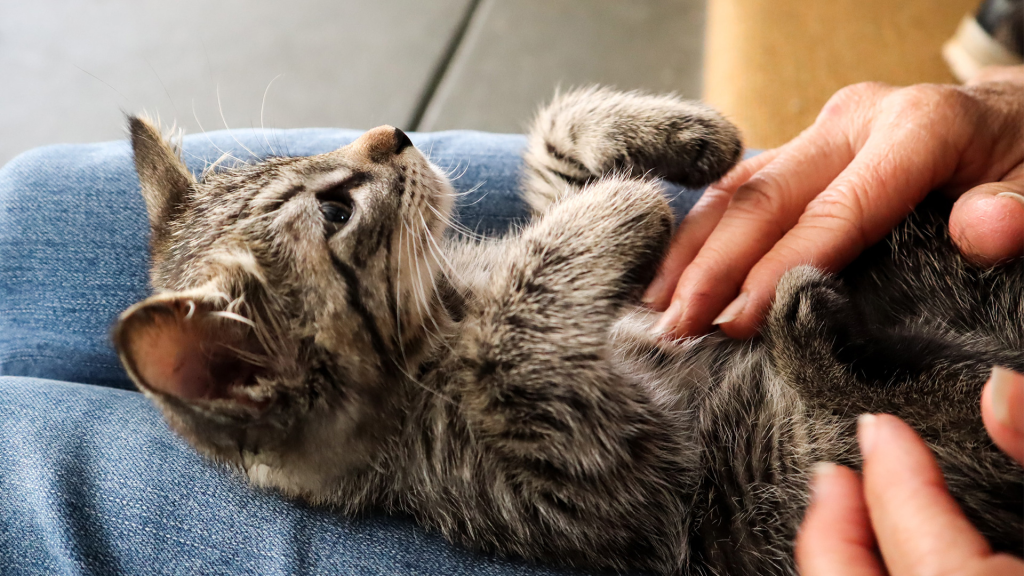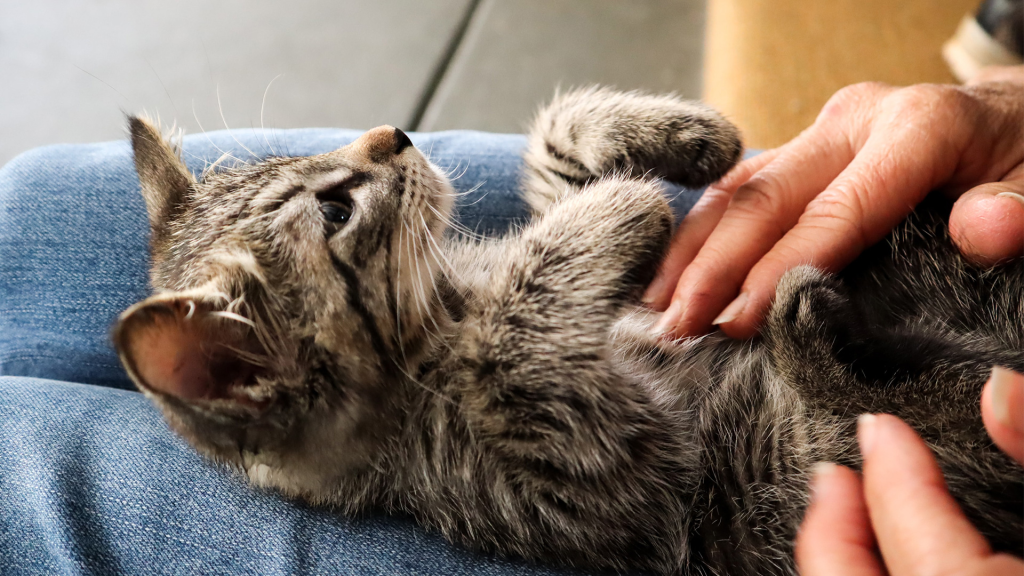Image Source: FreeImages
## Introduction
Owning a pet brings immense joy and companionship, but it can also come with significant financial responsibilities. From adoption fees to medical expenses and ongoing care, the costs can quickly add up. For many pet owners, finding ways to manage and afford these expenses can be challenging. One option worth considering is a pet loan.
In this comprehensive guide, we will explore the concept of pet loans and how they can help you cover the costs associated with your beloved furry friends. We will discuss the pros and cons of pet loans, situations where they may be beneficial, and alternative financing options. So, if you’re wondering whether a pet loan is the right choice for you, keep reading. Let’s explore Pet Financing: A Comprehensive Guide to Pet Loans.
What is a Pet Loan?
A pet loan is a type of personal loan specifically designed to finance the adoption or care of a companion animal. While some lenders, such as LendingUSA, offer dedicated pet loans, many other lenders provide personal loans that can be used for various purposes, including meeting the needs of your beloved pets.
Pros of a Pet Loan
Pet loans offer several advantages that make them an attractive option for pet owners. Let’s explore some of the key benefits:
1. Facilitates Animal Adoption
Adopting a pet often comes with significant expenses, such as adoption fees and veterinary costs. Standard dog adoption fees can reach up to $800, and purchasing a purebred animal from a breeder can cost even more. A pet loan can provide the necessary funds to cover these upfront costs, making it easier for you to welcome a new furry friend into your home.
2. Enables Accessible Pet Care
The first year of owning a pet can be particularly expensive, with costs ranging from $1,565 to $6,925, including spaying or neutering and purchasing supplies. Annual expenses can average between $480 and $3,470, depending on the size and breed of the dog. Pet loans allow you to spread out these expenses over time, making them more manageable and accessible.
3. Potentially Lower Interest Rates
Compared to credit cards, which often have high-interest rates, personal loans generally offer more favorable terms. As of May 2023, the average interest rate on a credit card was 20.68%, while the average interest rate on a 24-month personal loan was 11.48%. By opting for a pet loan, you may be able to secure a lower interest rate, reducing the overall cost of borrowing.
Cons of a Pet Loan
While pet loans can be advantageous, it’s important to consider the potential drawbacks before making a decision. Here are some of the cons associated with pet loans:
1. Accrues Interest Charges
One of the primary drawbacks of pet loans is that they accrue interest charges. This means that the cost of the pet or care you’re financing will effectively be higher due to the interest you’ll be paying over time.
2. Additional Fees
In addition to interest charges, some lenders may also impose origination fees when you take out a personal loan. These fees can vary and add to the overall cost of borrowing. It’s essential to carefully review the terms and conditions of any loan offer to understand the full extent of the fees involved.
3. Risk of Overborrowing
Taking out a personal loan can sometimes tempt borrowers to borrow more than they actually need. This can result in larger monthly payments that could strain your budget. It’s crucial to assess your financial situation carefully and borrow only what you can comfortably repay.
4. Impact on Credit Score
While personal loans are generally unsecured, meaning you don’t risk losing your property if you can’t make your payments, missing payments can have a significant negative impact on your credit score. Before taking out a pet loan or any loan, it’s important to ensure you have a solid repayment plan in place to protect your creditworthiness.
When to Consider a Pet Loan

There are several situations where a pet loan may be a suitable solution to help finance your animal companion’s needs. Let’s explore a few scenarios:
1. Unexpected Medical Expenses
Pets can experience unexpected medical issues, and veterinary care can be costly. According to pet insurance company Pets Best, 4 in 5 pet owners experience unexpected veterinary costs. Conditions like pancreatitis alone could cost $2,000 to $5,000 or more to treat. A pet loan can provide the necessary funds to ensure your pet receives the care they need without causing financial strain.
2. Initial Adoption Costs
When adopting a pet, there are various upfront expenses to consider beyond adoption fees. These may include spaying or neutering, training fees, supplies like bowls, crates, litterboxes, and more. The average cost of these upfront expenses can amount to approximately $2,127. A pet loan can help cover these costs, allowing you to provide a comfortable and safe environment for your new furry family member.
3. Ongoing Care
Owning a pet involves ongoing expenses, such as food, routine veterinary care, grooming, pet sitting or boarding, toys, and more. These costs can accumulate, especially if your pet requires specialized care or experiences health issues. A pet loan can provide temporary financial assistance, ensuring that your pet’s needs are met and preventing any financial strain on your budget.
How to Obtain a Pet Loan
If you’re considering a pet loan, here are the steps you’ll likely need to take:
1. Research and Compare Lenders
While some lenders offer dedicated pet loans, many personal loan lenders allow you to use the funds for any purpose, including pet-related expenses. Take the time to shop around among banks, credit unions, and online lenders to find the best financing options for your needs. Compare rates, terms, and borrowing details from multiple lenders to ensure you make an informed decision.
2. Check Eligibility and Gather Necessary Documents
Different lenders have varying eligibility requirements, such as minimum credit scores and income thresholds. Gather the necessary documents, such as proof of identity, proof of address, bank statements, pay stubs, and tax returns, to support your loan application. Ensure you meet the lender’s eligibility criteria before proceeding with the application process.
3. Review Loan Terms
Before committing to a pet loan, carefully review the loan terms provided by each lender. Pay attention to fees, including origination fees and prepayment penalties, the allowable loan amount, repayment timeline, amount of the monthly payment, annual percentage rate (APR), and whether the loan offers a fixed or variable interest rate. Choose a loan with terms that align with your financial goals and repayment capabilities.
4. Apply for a Loan
Once you’ve selected the lender that offers favorable terms and meets your borrowing needs, complete the loan application process. Provide any requested verifying information and sign the necessary documentation, such as a promissory note. The lender will then distribute the funds to you, typically via direct deposit.
5. Receive Funds and Start Making Payments
Upon approval, the lender will deposit the borrowed funds into your designated account. In most cases, you can expect to receive the funds by the next business day. Once you’ve received the funds, it’s crucial to start making payments according to the agreed-upon schedule. Meeting your payment obligations on time will help you maintain a positive credit history and protect your financial well-being.
Alternative Pet Financing Options
While pet loans can be a viable solution for some, there are alternative financing options worth considering. Here are a few alternatives to pet loans:
1. Setting Up a Dedicated Pet Savings Fund
One way to finance your pet’s care without incurring debt is to set up a dedicated savings account. By saving gradually over time, you can accumulate funds to cover your pet’s expenses, eliminating the need for a loan or paying interest. However, it’s important to note that unexpected expenses may arise before you’ve accumulated enough savings, so having a backup plan is essential.
2. Pet Insurance
Pet insurance policies are designed to cover eligible veterinary care costs in case of accidents or illnesses. By signing up for pet insurance before your pet requires medical attention, you can potentially mitigate the financial burden of unexpected veterinary bills. Be sure to review the policy terms, including deductibles and coinsurance costs, to understand the coverage and associated expenses.
3. Crowdfunding or Fundraising

In dire circumstances where your pet requires immediate medical attention, crowdfunding or fundraising can be an option. Websites like GoFundMe allow you to share your pet’s story and seek financial support from friends, family, and even strangers. However, it’s essential to recognize that fundraising campaigns can be unpredictable, and success is not guaranteed. Relying solely on crowdfunding may not be a reliable long-term solution.
Conclusion
Owning a pet is a rewarding experience, but it comes with financial responsibilities. When faced with adoption fees, medical expenses, or ongoing care costs, a pet loan can be a valuable tool to help manage these financial burdens. However, it’s important to consider the pros and cons, assess your ability to repay the loan, and explore alternative financing options before making a decision.
Remember, each pet’s needs and circumstances are unique, so it’s crucial to evaluate your financial situation and consult with a financial advisor if necessary. By understanding your options and planning ahead, you can ensure that your furry companions receive the care they deserve while maintaining your financial well-being.

